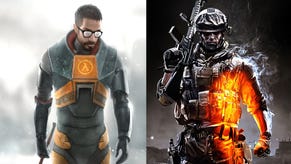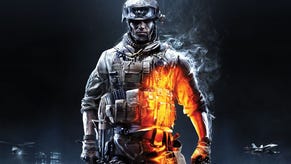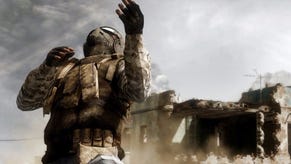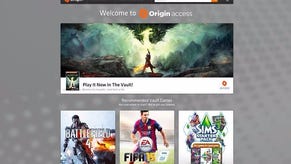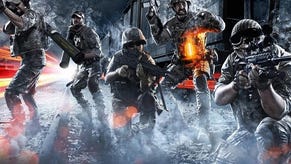Face-Off: Battlefield 3
Why DICE's latest is a "technical masterpiece" on all formats.
We'd still recommend upgrading to a quad core Intel CPU or a hex core AMD chip to get the most out of this game, and we'd also strongly urge something along the lines of a Radeon HD 6870 or NVIDIA GTX560ti if you can, to enjoy the game on high settings. Lower level cards are going to require some tinkering of individual settings to get a decent experience, but the beauty of BF3 is that DICE hasn't obfuscated graphics settings - they're all there in the menus and easily tweakable.
The Ultra settings are best reserved for those with 1.5GB of video RAM available, restricting it to the top-end tier of graphics cards available, and it's safe to say that the boost to quality is welcome, but not quite revelatory compared to the high level. Still, here's how the PlayStation 3 version of the game compares to the PC version maxed out. We already ran the Xbox 360/PC Battlefield 3 comparison a few days ago, if you want to see how that particular combination looks.
In truth, the comparison is rather skewed. By limiting ourselves to the campaign - at 720p resolution no less - we are seeing a range of scenes designed to look good on console, and not really allowing the PC to "breathe" with its support for higher frame-rates and resolutions. That said, the video is running at one-third speed and it's immediately obvious how much smoother the overall experience is. If we were able to show the games running in exact like-for-like situations on multiplayer, the difference would be that much more pronounced.
As it is, there are still a large number of technologies that elevate the computer version. On PC, the post-process anti-aliasing provided by NVIDIA's FXAA runs at a significantly higher quality level than either the MLAA or FXAA solutions we see on the consoles, and at the Ultra setting we can also invoke 4x multi-sampling anti-aliasing (MSAA) alongside that, further improving the quality of the presentation.
SSAO is available as an option, but similar to Battlefield: Bad Company 2, a computationally expensive, but more visually pleasing option - horizon-based ambient occlusion (HBAO) is also available. The lighting runs at a higher precision level, LODs are almost a non-issue and texture quality is uniformly high. DirectX 11 tessellation techniques are also implemented in order to increase the level of complexity in the terrain, while atmospheric rendering and particle effects in general possess an order of quality way beyond the console settings.




Ramp all of this up to a high resolution and the overall quality level of Battlefield 3 on PC is absolutely remarkable. It's the closest thing we have to a preview of the kind of fidelity we can expect to see on the next-gen consoles and it's only a shame that we can't fully express that here on this webpage.
"You can choose to design a game around the specs of a high-end PC and make console versions that fail to hit the design point, or design around the specs of the consoles and have a high-end PC provide incremental quality improvements," says id software's John Carmack. "We chose the latter."
The question is, did DICE choose the former? Our perspective is that somehow the Stockholm-based developer has managed to have its cake and eat it. The single-player game seems to have been designed in such a way to showcase Frostbite 2 on console, and in that sense it clearly hits the "design point" - though the actual game itself disappoints. Multiplayer is so much more impressive on PC, but the cut-backs on console don't stop the game being immensely fun.
After all the pre-launch concern about whether Frostbite 2 on console could deliver, it's somewhat ironic that it's the single-player gameplay that is the biggest disappointment. Superficially at least, the tech isn't the problem - it's everything that surrounds it. Visually, the game dramatically delivers, but the same cannot be said of the tired narrative that borrows so much from so many games before it. On top of that, there's an absence of warmth and humour, and a complete lack of focus on characters we can root for. From a gameplay perspective, the campaign disappoints with a singular lack of inventive new ideas that can make the most of the stunning Frostbite technology, while other gameplay elements - such as QTEs - are implemented in an inconsistent, half-baked manner and are mostly unwelcome when they do appear.
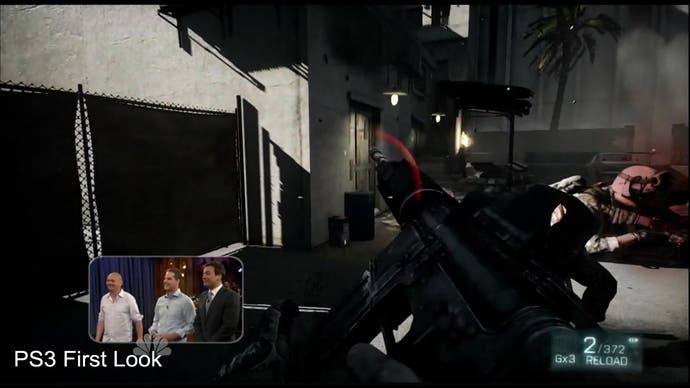
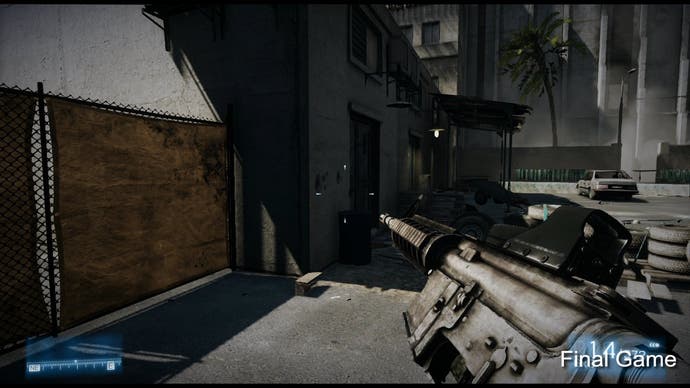
Early levels in the campaign are often quite annoying and friction-filled: you'll be waiting a long time for NPCs to catch up and open doors for you - presumably because new level elements are being background loaded while you wait. What we have here is a tightly defined "corridor" through the game, where the player is relegated to second-class status: NPCs come first to the point where your squad-mates often push you out of cover during a firefight because you're in "their place".
At best, the campaign is an interesting demonstration for the new Frostbite 2 technology, but as a game it's a big disappointment - and from a gameplay perspective, it's not a patch on the Bad Company 2 single-player mode. It's remarkable that despite the enhanced damage model, the superlative lighting, the state-of-the-art animation system and all the other technologies that make this game look so good, there isn't one single idea in the campaign as smart and inventive as the sniper section in Bad Company 2 where you used lightning as a cue to hide gunfire in the sound of rolling thunder.
It's clear that the focus of Battlefield 3 is in the multiplayer and in this respect, we have nothing but unreserved praise for the level of achievement here. The maps are beautifully designed and rendered, the quality of the basic design is excellent, and the sheer scale and intensity of the conflict is absolutely remarkable. The PC's support for 64 players elevates the experience to a whole new level, though perhaps a handful of the maps can get a little crowded as a result.
As such, the comparisons with Call of Duty and the resultant marketing flame-war we've been put through over the last few months are mostly an irrelevance - the two games set out to produce entirely different, almost complementary products: the Activision title is a classic "twitch" shooter with arcade-like smoothness and low latency controls. Its "handshake" with the player is its core focus and DICE has done nothing to challenge this. Instead it has gone for more fidelity in its visuals, more opportunities in terms of gameplay, and taken the hit to controller feedback.
It's Battlefield evolved, and if you're a fan of multiplayer shooters, it's simply unmissable.

